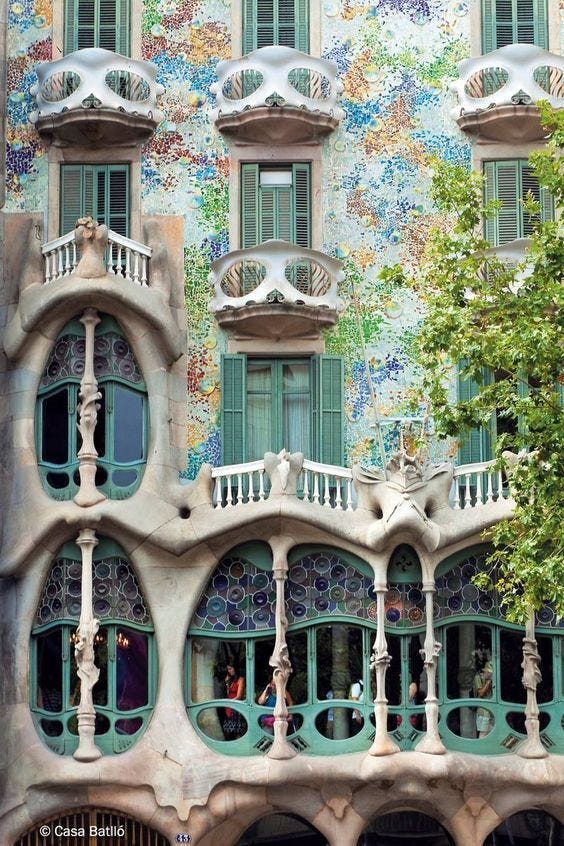There is a beautiful and interesting idea that every building we design will one day be destroyed.
As architects, we tend to think of our work as a symbol of permanence and eternity. We are in a kind of defiance of time. Steel, concrete and stone create the illusion of eternity. Towers are monuments to human ambition. Yet beneath this illusion lies the truth that architecture, like everything else, is mortal.
Building is, poetically, a kind of encounter with death. Every decision an architect makes, whether consciously or unconsciously, is guided by the idea that nothing is eternal. Even the most solid structures will eventually wear out and collapse.
Yet this impermanence is precisely what gives architecture its depth.
Time as Material
One of the most important materials in design is time. A building’s relationship with time is what shapes that building.
Think of the Pantheon in Rome. It was originally a temple and then became a Christian church. The Pantheon travels through time. Its meaning has evolved. Just like us humans. The Pantheon has died and come back to life in terms of meaning.
Good architecture does not fight time. No one can fight time. Architecture cooperates with it. It ages with indescribable grace. It welcomes new ideas and respects its past.
Architecture as presence
In many cultures around the world, architecture plays a central role in the death ritual. Cemeteries and tombs and memorials. These buildings are reminders of grief and memory. But the point is that these buildings do not just honor the dead, but speak to the living with their presence today and in the future.
Good architecture tells a story. Architecture is about presence. So we can say that design becomes an act of empathy and friendship. A kind of spiritual engineer.
What is our duty?
Mortality and mortality make us think. In a world where buildings “can” last for generations, what is our duty as designers to the future and the future?
Do we design buildings that will become giant wastelands in the future, or do we design buildings that are in harmony with nature? Do we build buildings for ourselves or do we also think about future generations? Those we will never meet.
Sustainability is more than a technical thing. It is a moral stance. It must be the cornerstone of our future architecture.
Architecture and the Afterlife of Ideas
Some of the greatest architects like Gaudí and Le Corbusier have left behind buildings. But they’ve also left behind ideas. And it is the ideas that survive most powerfully.
A structure may fall, but a philosophy can live on. A sketch in a notebook can influence generations. A theoretical drawing, never built, can change how we see the city. Architecture, then, becomes more than building. It becomes a way of thinking about time, about place, about being.
To accept mortality in architecture is not to be nihilistic. It is to be profoundly hopeful. It is to trust that meaning lives on — not in permanence, but in resonance.
A Final Thought
We live in a time when architecture is often reduced to a showpiece. To showcases for Instagram. But deep down we feel that something is wrong. We are fighting against time. This is something to fear. This is something to respect.
If you liked this article, I would be happy if you visit my website to see more: dannysargordan.com





